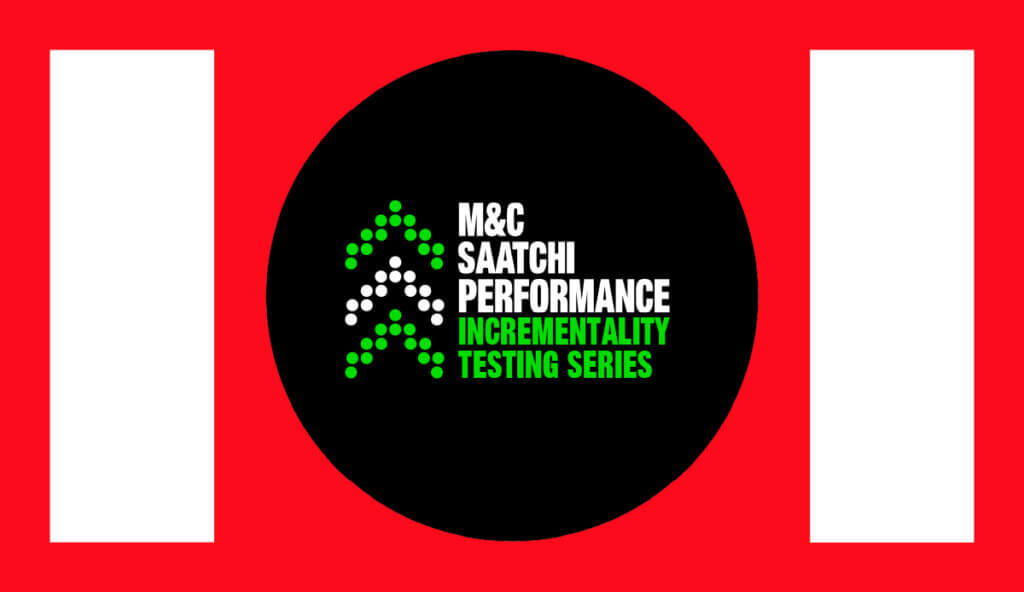
In the age of boundless information, the media’s pervasive influence demands an evaluation of our campaigns. Are they gaining traction or fizzling out? Discovering their true value empowers marketers to identify strengths, weaknesses, and opportunities within their strategies. It’s a delicate balance between outreach and relevance.
Yet, the enigma of how media impacts us persists. This is where digital media measurement comes in handy. In this article, we will delve into what it is, along with tips on how it should be conducted to optimise your media outreach.
How To Define Clear Measurement Objectives
While there is no singular “golden standard” to gauge the effectiveness of your media, there are steps you can undertake to craft crystal-clear measurement objectives. Let’s take a brief look at these.
Set your sights: Define what “media impact” means to you, setting the course for your marketing strategy.
Data power-up: Arm yourself with robust data analysis capabilities to track progress and enhance decision-making.
Outreach exploration: Uncover the reach of your content by exploring who’s consuming it and digging into valuable insights from current and past campaigns.
Channel mastery: Choose an amalgamation of your ideal marketing channels for an engaging and effective omnichannel approach.
Identifying The Key Measurement Metrics
Let’s take a look at some core media measurement metrics.
- Share of Voice (SOV): Measure your brand’s dominance compared to competitors, indicating the extent of your presence.
- Engagement: Track audience interaction through social media metrics, such as comments, likes, shares, and click-through rates, revealing valuable insights.
- Reach and Impressions: Assess audience size and channel impressions for insights into content exposure.
- Conversion and ROI: Track conversions and return on investment to measure direct business impact.
- Brand Awareness and Perception: Evaluate brand mentions, sentiment analysis, and qualitative feedback to gauge overall brand sentiment.
- Customer Journey Analysis: Map the customer journey and analyse media touchpoints to optimise strategies.
How to Create a Media Measurement Framework: The Do(s) and Don’t(s)
Creating a robust media measurement framework involves careful planning, alignment with objectives, and the utilisation of appropriate tools and technology. By following the do’s and avoiding the don’ts, you can establish a framework that provides actionable insights and facilitates data-driven decision-making.
- Do unify your objectives: Align your measurement framework with smart, measurable, attainable, relevant, and time-bound (S.M.A.R.T.) goals that support your business objectives and target audience.
- Don’t complicate the framework: Too much information can be a bad thing. Resist the urge to utilise all data lest you end up constructing a convoluted measurement framework. Embrace simplicity, focusing on essential metrics that directly align with your objectives.
- Do embrace other avenues: Forge a robust measurement framework that embraces multiple dimensions of media performance. This entails tracking metrics across diverse channels, demographics, platforms, and campaign phases, resulting in a panoramic view of your media endeavours and unearthing areas ripe for improvement.
- Don’t neglect data quality: Accurate and reliable data lies at the heart of informed decision-making. Implement robust data validation processes, diligently perform regular quality checks, and swiftly address any issues that surface.
- Do harness analytical tools: Utilise the diverse range of cutting-edge analytical tools to streamline your data acquisition, assessment, and reporting workflows. Exercise discernment when selecting tools to find the ones that perfectly cater to your distinctive measurement requirements and seamlessly integrate with your existing systems.
- Don’t ignore benchmarks and context: By juxtaposing your performance against industry standards and competitors, you unlock precious insights into the efficacy of your media endeavours. Furthermore, look into external influences such as market trends, seasonality, or economic conditions. By integrating these factors into your analysis, you fortify your understanding and pave the way for enhanced decision-making.
Effective Measurement Approaches: Finding The Right Fit
Now that you know exactly what to do and not do to create your ideal media measurement framework, let’s delve into the approaches you can choose from:
- Marketing Mix Modelling (MMM): Leverage historical data and statistical analysis to understand the impact of various marketing channels on overall performance. MMM provides insights into the contribution of each channel and helps optimise resource allocation.
- Incrementality Testing: Employ controlled experiments to measure the incremental impact of specific marketing efforts. By comparing a group exposed to the marketing activity with a control group, you can isolate the true effects of your campaigns.
- Attribution and Multi-Touchpoint Analysis: Invest in advanced attribution models (First Touch, Last Touch, Multi-Touch) for a comprehensive view of the customer journey and insights into touchpoint effectiveness.
Tip: It’s best to combine these approaches for a holistic view of media impact and data-driven decision-making.
What Are The Challenges And Limitations You Need To Be Aware Of?
The first approach you settle on may not be the right one for you. Nor the second or the third if you can’t figure out what was wrong with the first one. Here’s what you have to be mindful of when creating your digital media measurement foundation:
- Data Accuracy and Reliability: Ensure accurate and reliable data through rigorous validation processes and data quality standards.
- Attribution and Multi-Touchpoint Analysis: Invest in advanced attribution models and tools for a comprehensive view of the customer journey and insights into touchpoint effectiveness.
- Integration of Data Sources: Explore data integration solutions and platforms to consolidate and analyse data from multiple sources effectively.
- Privacy and Ethics: Adhere to privacy regulations and ethical standards to maintain trust and protect user privacy in data collection and analysis.
- Evolving Media Landscape: Stay updated on industry trends, continuously learn, and be agile in adjusting measurement strategies to adapt to the changing media landscape.
Working With M+C Saatchi Performance
Building a solid media measurement foundation is essential for marketers looking to navigate the complex media landscape successfully.
By leveraging our data, analytics, and tech services, you can gain valuable insights, optimise your strategies, and achieve your marketing objectives. Embrace the power of measurement, and let data and technology guide your path to marketing success.
